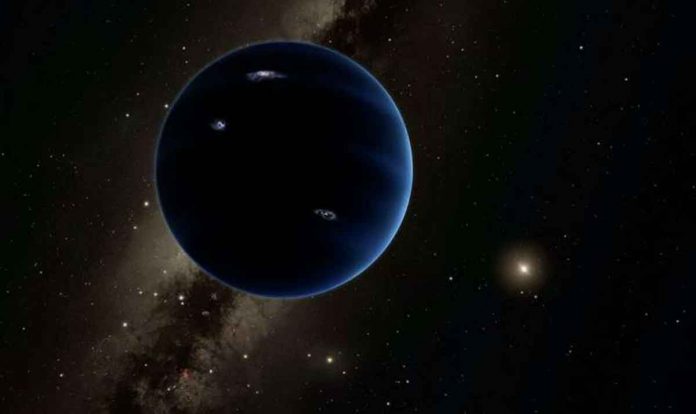We have a good idea of what is out there in our solar system. We know there isn’t a Mars-sized planet orbiting between Jupiter and Saturn, nor is there a brown dwarf threatening us. Anything large and relatively close to the sun would be easily discernible. However, we cannot rule out the possibility of a smaller, more distant world, such as the hypothetical Planet 9. (Or Planet 10 if you want to throw down over Pluto). The odds of such a planet existing are fairly high, and a recent study suggests that it is even less likely.
Many astronomers have speculated about the existence of planets at the outskirts of our solar system, especially when the power of our telescopes was relatively limited. However, as large sky surveys began to scan the heavens, they discovered nothing more than asteroid-sized worlds. However, the orbits of the worlds we did discover appeared to be clustered in an unusual statistical way, as if they were being gravitationally perturbed by a larger object. If so, Planet 9 would have a mass of about five Earths and an orbital distance of a few hundred to a thousand astronomical units. In other words, it’s just small and far enough away that it won’t be visible in sky surveys.
This naturally inspired people to seek the world, but it is not an easy task. Planet 9 is too far away to be seen by reflected light, so look for it by its faint infrared glow. And, with a mass of only five Earths, it wouldn’t be very hot. Adding to this is the fact that such a distant planet would orbit so slowly that you wouldn’t notice any movement within a single set of observations. This is where the new research comes in.

The team used two infrared sky surveys to search for distant planets: one from the Infrared Astronomical Satellite (IRAS) and one from the AKARI Space Telescope. The two surveys were conducted over a period of more than two decades, giving any hypothetical planet plenty of time to move to a slightly different part of the sky. They assumed that any distant planets would be close to the equatorial plane, and then combed through the data for potential planets.
Surprisingly, they discovered over 500 candidates. Most of these candidates had orbital distances less than 1,000 AU and masses less than Neptune, which is exactly the range expected for Planet 9. But don’t get too carried away. When the team examined the infrared signatures by hand, they discovered that none of them were particularly compelling. The majority of them were found within or near a faint integrated flux nebula, also known as galactic cirrus. They are diffuse clouds of interstellar gas that do not emit visible light but do emit infrared light.
As it turns out, these candidates are echoes of a faint nebula rather than planets. That pretty much eliminates Planet 9. Hopes for another planet have been lost in the clouds.

